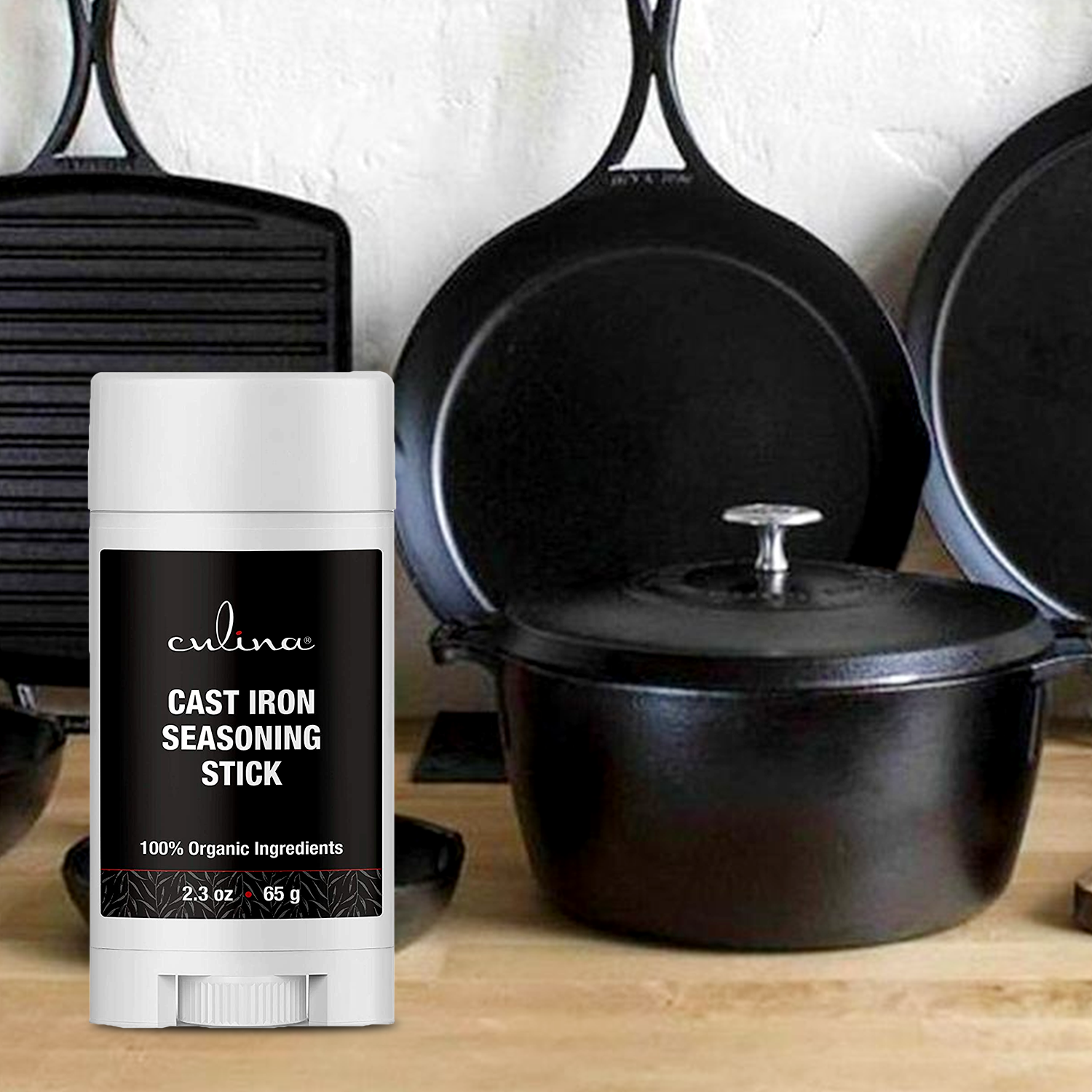The Dutch oven is an indispensable tool in the kitchen, cherished by both professional chefs and amateur cooks alike. Known for its versatility, it can move seamlessly from stovetop to oven and even to the dining table. However, a frequently posed query is how long does it take for a Dutch oven to cool down? Understanding this can be crucial for safety and for the quality of your dishes.

Introduction to the Dutch Oven
The Dutch oven has a rich history dating back centuries. Traditionally made from cast iron, it is a heavy-duty pot that can withstand intense heat. Its ability to retain heat makes it perfect for slow cooking, braising, and baking.
Heat Retention Characteristics
The Dutch ovens heat retention ability is one of its standout features. Cast iron, the primary material used in traditional Dutch ovens, has a high thermal mass. This means it holds onto heat for a long time, even after your cooking is done.
:max_bytes(150000):strip_icc()/qt-one-off-tramontina-dutch-oven-tout-8154d553f36544238f725847881ea2d6.jpg)
Factors Affecting Cooling Time
Several factors play a role in how long it takes for a Dutch oven to cool down. These include its material, size, and even the ambient temperature of your kitchen.
Material of the Dutch Oven
Cast iron retains heat differently than other materials. For example, an enameled cast iron Dutch oven may cool down somewhat faster than a traditional cast iron one due to its smoother surface, yet it is still significant.
Size and Thickness
Larger and thicker Dutch ovens naturally take longer to cool down. If you have a heavy, thick-walled Dutch oven, expect it to retain heat longer compared to a smaller, thinner version.

Cooling Techniques
There are techniques to expedite the cooling process if you are in a hurry, but they should be applied cautiously to avoid thermal shock, which could damage your Dutch oven.
Natural Cooling
The safest way to cool down a Dutch oven is to let it cool naturally. Place it on a heat-resistant surface and let it stand undisturbed.
Ice Bath Method
For a quicker cooling process, you can place your Dutch oven in a shallow ice bath. However, be cautious to avoid letting water seep into the pot to prevent any sudden temperature changes that might crack or damage it.
Practical Experiences
Anecdotal evidence from cooking professionals suggests that, depending on its initial temperature, it usually takes about 1-2 hours for a Dutch oven to cool down naturally in an average kitchen environment.
Comparative Analysis
Compared to other types of cookware, Dutch ovens take significantly longer to cool down. For instance, a stainless-steel pot of similar size would cool down in about half the time.
Safety Tips
When dealing with a hot Dutch oven, always use oven mitts or protective gloves. Never place it on a surface that could be damaged by heat. Also, be cautious of residual steam.
Cleaning After Cooling
Always wait until your Dutch oven has fully cooled before cleaning it. This will prevent thermal shock and ensure the longevity of your pot.
For further insights on cleaning, visit Serious Eats for an in-depth guide.
FAQ Section
How can I quickly cool down a hot Dutch oven?
One method is placing it in an ice bath, but be very cautious about thermal shock.
Is it safe to cool a Dutch oven in the refrigerator or freezer?
This is generally not recommended due to the risk of damaging the pot.
Can I clean my Dutch oven while its still warm?
It’s best to wait for it to cool completely to avoid thermal shock.
Related Articles
For more on Dutch ovens, you can check out our other articles:
As an Amazon Associate, I earn from qualifying purchases.

